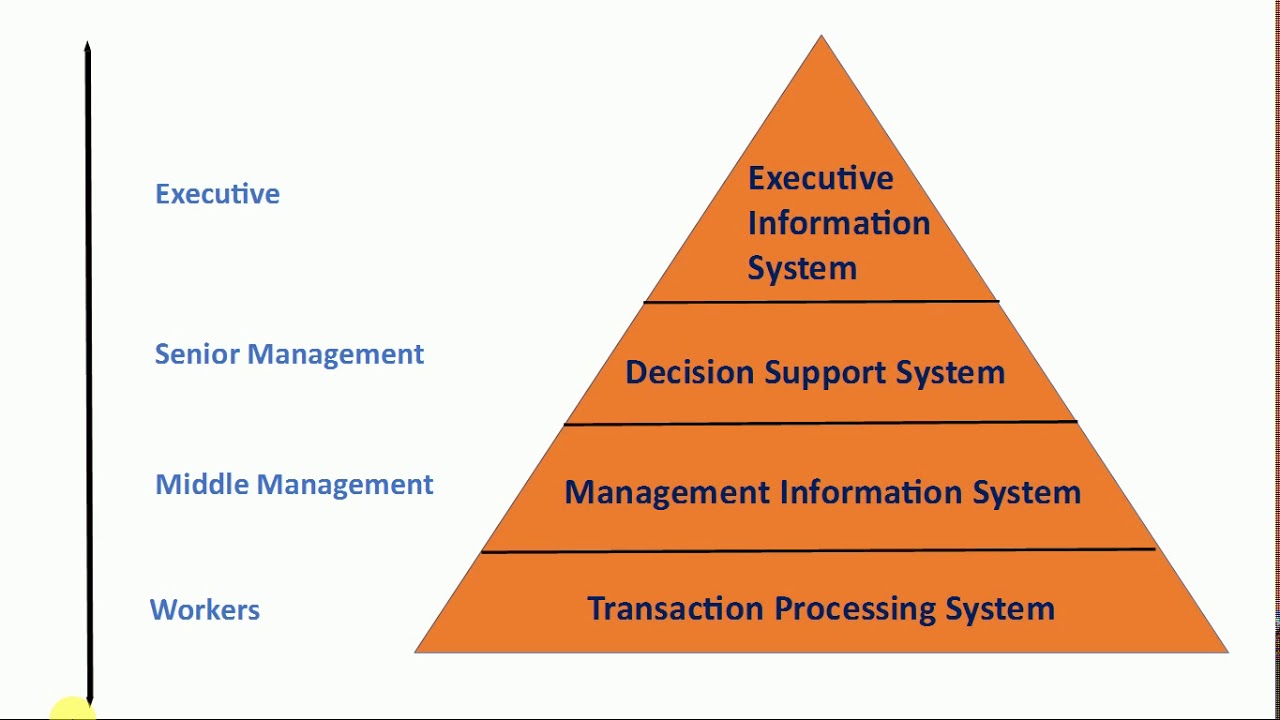1 what is an information system – In the realm of technology, where data reigns supreme, information systems emerge as the architects, shaping the way we gather, process, and utilize information. From the mundane to the extraordinary, information systems are the unsung heroes behind our digital interactions, transforming the way we do business, connect with the world, and make informed decisions.
Dive into the depths of 1 What Is an Information System and uncover the secrets that drive our information-driven society.
At the heart of every organization, information systems serve as the backbone, connecting departments, streamlining processes, and providing real-time insights that empower decision-makers. They are the invisible force that drives innovation, optimizes operations, and fuels growth. But what exactly constitutes an information system? Let’s delve into the components, benefits, and challenges that define these technological marvels.
1. Definition and Scope of Information Systems
In the vibrant tapestry of the digital age, information systems have emerged as indispensable tools that shape the way we work, communicate, and make decisions. An information system can be defined as an integrated collection of components that work together to gather, process, store, and distribute information to support decision-making, coordination, and control within an organization.
It’s like the central nervous system of an organization, connecting different parts and enabling seamless flow of information.
The components of an information system typically include hardware, software, data, and people. Hardware refers to the physical devices like computers, servers, and networks that facilitate the processing and storage of data. Software encompasses the programs and applications that manipulate and manage the data, enabling users to interact with the system.
Data is the lifeblood of any information system, representing the raw facts and figures that are processed to generate meaningful insights.
Types of Information Systems, 1 what is an information system
- Transaction Processing Systems (TPS): These systems automate routine, high-volume transactions, such as order processing, inventory management, and payroll.
- Management Information Systems (MIS): MISs provide managers with timely and accurate information to support decision-making. They aggregate data from various sources and present it in a user-friendly format.
- Decision Support Systems (DSS): DSSs assist decision-makers in analyzing complex problems and making informed choices. They use sophisticated analytical tools and models to explore different scenarios and identify optimal solutions.
- Executive Information Systems (EIS): EISs are designed for senior executives and provide a comprehensive view of key performance indicators and industry trends. They help executives monitor the organization’s overall health and make strategic decisions.
2. Role and Significance of Information Systems in Organizations

Information systems play a pivotal role in the success and efficiency of organizations across industries. They streamline operations, enhance decision-making, and create a competitive advantage. Here are some key benefits of implementing information systems:
- Improved operational efficiency: Automating tasks and processes reduces manual errors, saves time, and increases productivity.
- Enhanced decision-making: Information systems provide timely and accurate data, enabling managers to make informed decisions based on real-time information.
- Increased collaboration and communication: Information systems facilitate seamless communication and collaboration among employees, teams, and departments.
- Competitive advantage: Organizations that effectively utilize information systems can gain a competitive edge by responding quickly to market changes and outperforming their rivals.
However, implementing information systems also comes with its share of challenges:
- Cost and complexity: Developing and maintaining information systems can be expensive and complex, requiring significant investment and expertise.
- Data security and privacy: Information systems contain sensitive data, making them potential targets for cyberattacks. Ensuring data security and privacy is paramount.
- Resistance to change: Employees may resist adopting new information systems due to fear of change or lack of training. Overcoming resistance is crucial for successful implementation.
3. Components of an Information System
The core components of an information system include:
- Hardware: The physical devices that process and store data, such as computers, servers, and networks.
- Software: The programs and applications that manipulate and manage data, enabling users to interact with the system.
- Data: The raw facts and figures that are processed to generate meaningful insights.
- People: The individuals who use, operate, and maintain the information system.
These components work together in a coordinated manner to achieve the objectives of the information system. The hardware provides the physical infrastructure, the software manages the data and processes, the data is the raw material, and the people are the driving force behind the system.
Architecture of an Information System
The architecture of an information system refers to the way its components are organized and interconnected. A common architecture is the three-tier architecture, which consists of:
- Presentation layer: Responsible for displaying information to users and capturing their input.
- Application layer: Manages the business logic and processes the data.
- Data layer: Stores and manages the data used by the system.
The three-tier architecture ensures separation of concerns, making it easier to maintain and update the system.
Conclusion
As we reach the end of our exploration into 1 What Is an Information System, it’s clear that these systems are not mere tools but rather the lifeblood of modern organizations. They have revolutionized the way we work, communicate, and access information, shaping our world in ways we could never have imagined.
By understanding the intricacies of information systems, we gain the power to harness their potential and unlock a future where data-driven decisions and seamless connectivity drive progress and innovation.
FAQ Explained: 1 What Is An Information System
What are the key components of an information system?
The core components of an information system include hardware, software, data, people, and processes. These elements work together to collect, process, store, and disseminate information.
What are the benefits of implementing an information system?
Information systems offer numerous benefits, including improved efficiency, enhanced decision-making, increased productivity, better customer service, and a competitive advantage.
What are the challenges of implementing an information system?
Common challenges include high costs, technical complexity, resistance to change, data security concerns, and integration issues.